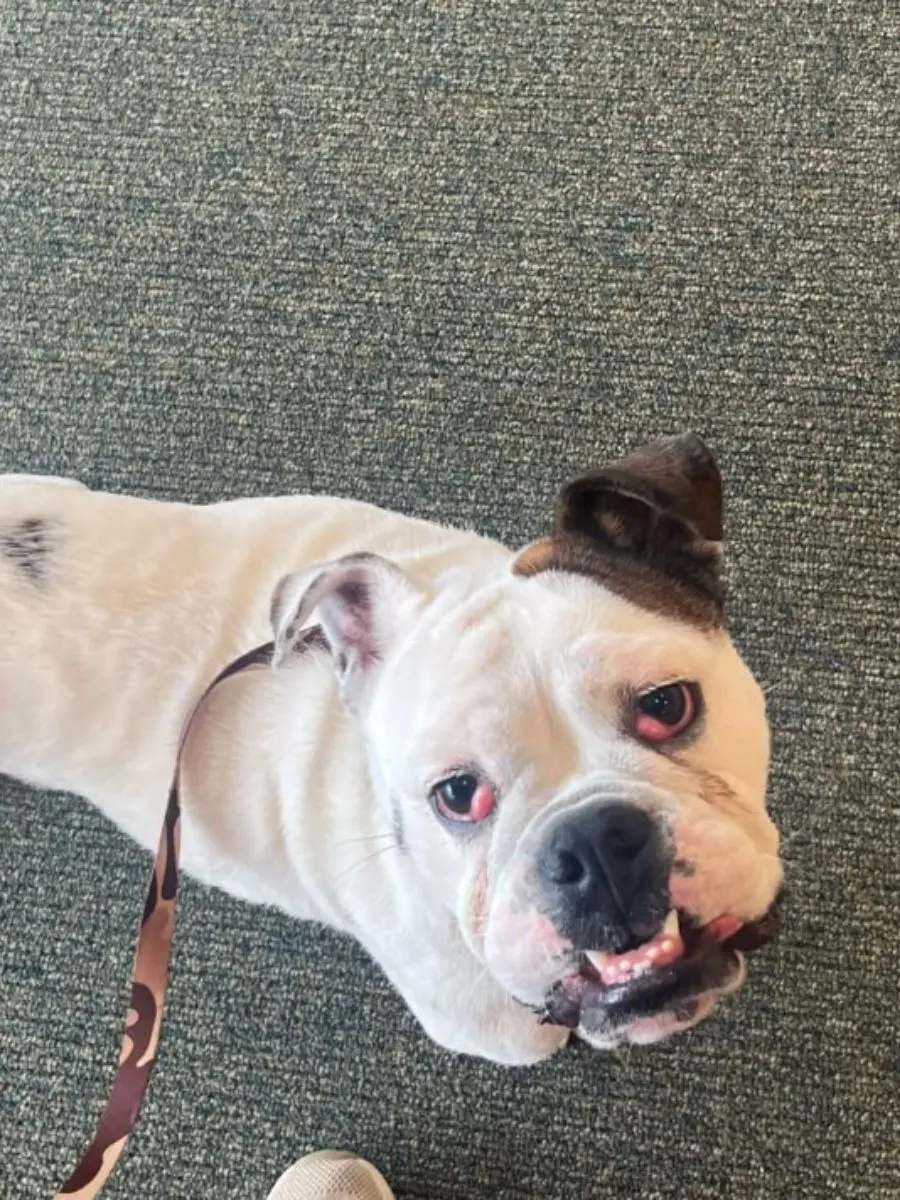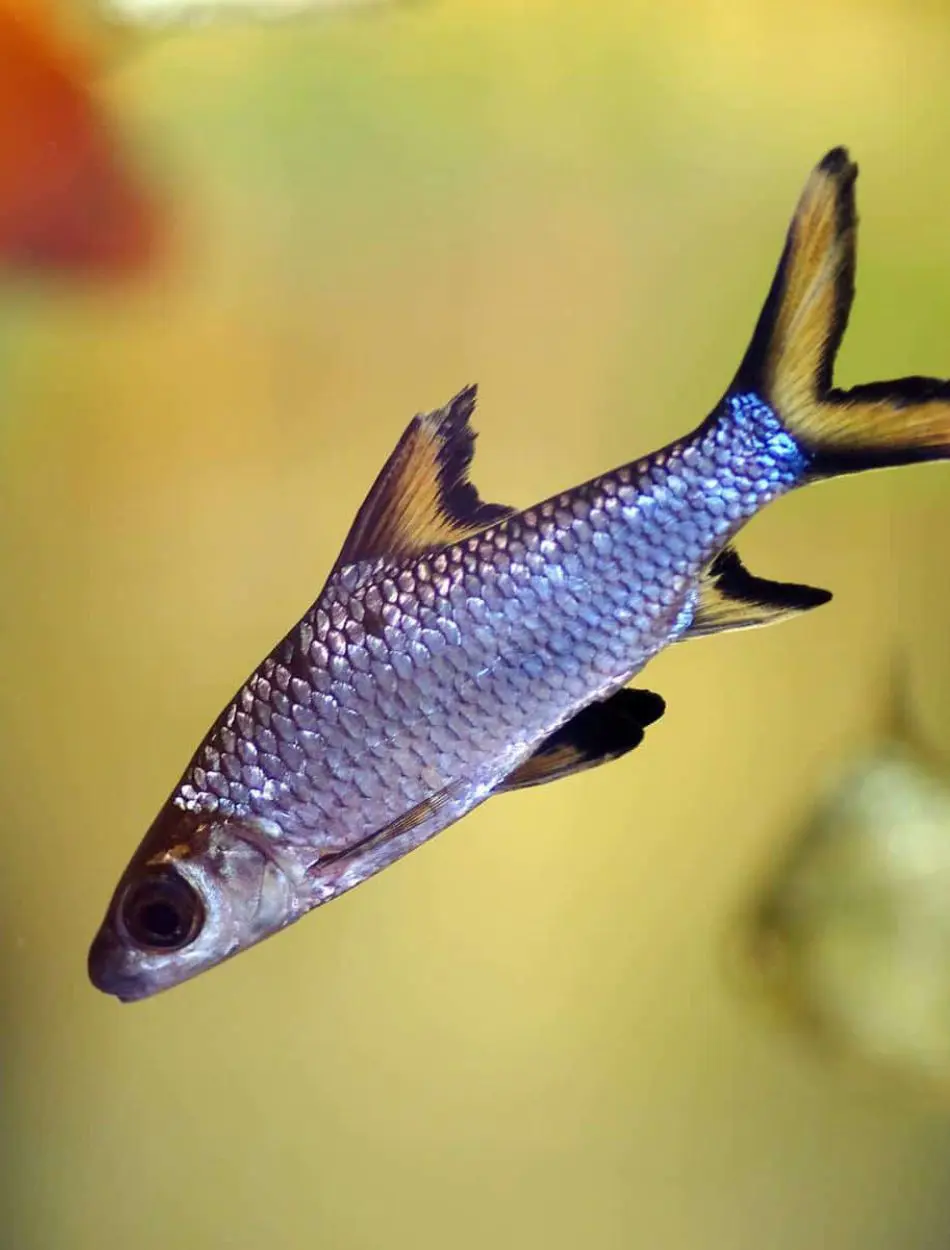Ear Cropping in Dogs: Why Do People Crop Dogs Ear?

Ear cropping is a surgical procedure by which a part of a dog's ears is removed so that what remains creates an upright appearance to the ear when healed. It is very common in breeds such as Dobermans, Boxers, and Great Danes.
It is claimed by some that the procedures are for cosmetics and not necessary while others claim it is a tradition and they would like to carry it further. Learn more about why people crop dogs' ears in the article below.
Historical Roots of Ear Cropping
It is as old as an ancient civilization, the initial purpose of operation has been carried out in most working dogs used for hunting or guarding. It was purely practical and while hanging close to the head, the ear proved less likely to get his ear torn apart during battles or hunts when cropped.
The ears of war dogs were cropped to avoid injuries during a battle even in ancient Rome and the hunting dogs had their ears cropped to avoid them from being grabbed by the wild animal.
The reasons for cropping ears were somehow attached to the working role dogs had, when their role changed to a companion, the justification of their act changed. With most cropping done for purposes of breed standards and looks, the debate rages on regarding necessity and ethics.
The Difficulties Around Ear Cropping
It has become one of the instances highly debated among dog owners and some of the pundits provided support for the practice in question with some interesting arguments and those who were against the practice. It is through the process of seeing which example a person follows to the argument.
This can go from sticking to a tradition, adhering to breed standards, and even reasons related to health it is intrinsically part of the breed characteristics. The opponents on the other hand argue that it confers no benefit and causes pain besides it is at times not all that justifiable.
Tradition and Breed Standards
The proponents of ear cropping mostly claim that it is a historical operation and is also one that preserves crucial breed standards. For breeds such as Dobermans and Great Danes, cropped ears have become a palette of their identity.
Most people who raise such breeds claim that ear cropping keeps the historical appearance of the breed at times. It is required when they are participating in conformation shows but, critics of the exercise argue that tradition is not reason enough.
They note that the breed standard should change and the health and welfare of the dog should come first before some other things. Many associations and even nations have adapted the breed standards to allow for natural ears so no reason to practice on dogs to keep the breed's identity.
Aesthetic and Cosmetic Appeal
Another reason advanced by the supporters of ear cropping is the aesthetic value that the process adds to the dogs. Cropped ears give several breeds either an alert, fierce, or regal impression popularized through the media and culture offering it much subscription among some communities that keep dogs.
Most owners usually seek such characteristics in most dogs, as cropped ears are often associated with strength and aggression. This is more of the closer-to-reality case in guard dogs or dogs working under various protective services.
This has, however, been under severe criticism for placing its emphasis on looks, and the opponents in this case argue that the practice of sending dogs to the knife block just for aesthetic reasons is in itself an unethical procedure. For sure such a move will be placing human desires in front of the welfare of the animal.
Health and Medical Concerns
Some supporters argue that ear cropping has specific health benefits, such as a decreased risk for ear infections and the logic works that more air passes around upright. Cropped ears and moisture won't get trapped in the fold of the ear, increasing the risk of developing infections in breeds prone to ear problems.
Nevertheless, this is believed to be a contentious assertion since not much veterinary evidence can be advanced to support it. The vast majority of veterinarians tend to note that there is minimal to indicate that the cases of ear infections are substantially reduced by cropping the ears.
Many people consider the health benefits of ear cropping not to be greater than the risks and the pain of the surgical procedure. This view has more and more made the practice be seen as unethical with attention being directed to the whole welfare of the dog.
Ethical and Welfare Considerations
A large part of the controversy with ear cropping is the ethical implications of the procedure and many who oppose the practice argue that the surgery is not a need and holds no justification for causing the dog pain and stress. They argue that no animal should have surgery for purely cosmetic reasons so it is archaic and inhumane.
Many nations have prohibited or placed strict restrictions on ear cropping within the mandate of veterinary surgeons due to these welfare grounds. Some lovers of dogs would also like to see state laws banning the procedure on the argument that dogs should be judged based on their health and welfare purposes and not based on their apparent looks.
So, these welfare reasons, in return bring out an ethics debate that helps in shaping the legal and cultural changes going around ear cropping.
The Process of Ear Cropping

Ear cropping refers to the surgical intervention done on a dog to remove a part of the pinna to make it upright, the operation is done on 8 to 12-week-old puppies.
The animal is anesthetized then surgically proceeds to excise what is excessive in the tissues on his ear and marks on the ear the very shape he wants to do. Some even bandage the ears at the end of surgery and tape them to a supporting structure to hold them upright while healing.
The recovery can be very painful the dog has to be watched keenly for any form of complications or infections, and the owner has to make regular visits to the vet to check if the healing process is going well. This has been heavily criticized as there is no room for pain or risks, especially for such a largely cosmetic procedure.
The Role of Veterinarians in Ear Cropping
It is the veterinarian who carries out the essential critical processes in ear cropping and watches over the entire process for that matter. The veterinarians ensure the well-being of the dog at every point, the actual procedure is highly debatable among veterinarians.
Whereas there are veterinarians who prefer not to crop ears at all, taking the stand on reasons of welfare and the cropping stands against and denies the principles of veterinary medicine. Which says the first and foremost consideration is the health and welfare of the animal.
Other veterinarians will agree to the surgery but will echo the same opinions and ear cropping should be done only if it improves the quality of life of the dog. They support the setting of concrete guidelines and plenty of consultation with the owners so that they understand the entire process and the consequences that arise from that.
Legal and Cultural Perspectives on Ear Cropping
Most commonly seen cropping styles have been banned in most of those places, or at least are highly regulated, for animal welfare concerns. It can be smaller with the UK, Australia, and most of the European countries having banned ear cropping.
This procedure is still legal in the U.S. and is relatively common, though trends are changing as attitudes toward animal welfare slowly change. Some states have brought in legislation that either regulates or simply bans the practice.
For some, the communities see it as part of the integral identity of their breed, while for some, it is unnecessary and a thing of the olden days. The legal and cultural landscape keeps on evolving concerns this practice, as more and more people question the necessity of the practice and then its ethical considerations.
Comparing Ear Cropping with Other Cosmetic Procedures

Ear cropping is just one of a series of cosmetic ameliorations inflicted upon dogs, others including tail docking and dewclaw removal. Further juxtaposition of these practices makes it clear that there is a deeper background to the idea of changing not only the appearance of the dog but other features.
Each of these procedures has a history and its reasons for being performed as well as associated controversies because ear cropping, tail docking, and dewclaw removal are often done for similar reasons. They each have some unique implications for the dog's health and well-being.
Tail Docking
It is another procedure that is performed for cosmetic reasons in certain dog breeds and is analogous to the more advanced cosmetic procedure of ear cropping. Tail docking involves the surgical removal of part of the dog's anatomy and in this case, a portion of the tail.
Tail docking is normally carried out when a dog is just a puppy a few days after birth and normally, the dog is largely immature at this stage akin to ear cropping. No anesthesia is generally employed, raising welfare issues.
Such breeds used for work, such as hunting, have long tails that cause them to suffer injuries in the field, others feel that docking does improve the appearance of a dog with breed standards. Comparing these issues relating to the process of ear cropping and tail docking is reflective of the larger ethical debate that exists due to non-therapeutic/cosmetic processes done to dogs.
Dewclaw removal
It is the surgical removal of a small extra digit appearing on the inside of a paw of a dog unlike crop ears or the docking of a tail. These surgical removals are sometimes performed for medical reasons particularly where the dewclaw is susceptible to injury or becomes sensitive.
Sometimes dewclaws become entangled, and in bolder occurrences, they are sometimes torn out, causing really painful injuries. This is the reason some owners and breeders decide to remove them, especially in dogs intended for work or hunting.
As with any other purely aesthetic procedure, an election to excise dewclaws must be conditional and conducted as the case arises. With the insufficiency in the depth of argument on the arguments against the risks balanced according to the perceived benefits, weighed against other considerations in bioethics.
Cosmetic Dentistry
The practice is the application of cosmetic dentistry such as tooth whitening or fitting of braces to enhance the look of the dog, but it has seen little practice. Most veterinarians take it as a superfluous or frivolous act.
While removing or realigning crooked teeth may be a medical health boon, purely cosmetic teeth work is completely questionable. It is unethical to subject any dog to one of these treatments without giving it some consequent health benefit which is purely aesthetic work and is not to be justified morally.
Like most other aesthetic operations on its body, the welfare of the dog must come first in the balance. The least number of such irrelevant operations must be performed.
Ethical Implications of Cosmetic Procedures
The cropping of ears, docking of tails, and removal of dewclaws are all surgeries performed for the benefit of the owner and not the dog. It could be considered to carry very large ethical considerations, as most people rightly view subjecting an animal to unnecessarily painful procedures to be an unacceptable thing.
Some critics go so far as to say cosmetic procedures are just mutilation causing pain and distress for no good reasons or real benefit to the dog since the focus is on the dog's welfare rather than Breed Standards or looks.
Currently, the debate on these surgeries is in its development where many experts and animal rights organizations are demanding more strict standards and cruelty-free methods. The ethical points are going to need to be considered when determining under what conditions cosmetic surgery in dogs will be implemented.
Common Breeds Associated with Ear Cropping
It is prevalent in certain breeds of dogs a majority of which are working, guarding, or fighting breeds with histories. The most common breeds whose ears are cropped are the Doberman, Boxer, Great Dane, and Pit Bull.
Therefore cropped ears are perhaps a mixture of the standard that has frequently occurred in such breeds and adds to the general appearance and to the temperament that a dog may have. Dobermans with cropped ears are alert and aggressive, and this adds to their personality as guard dogs.
This also helps to keep the practice extremely controversial through the association to certain breeds, as much as it is said to contribute to the original expression of the breed. Unharmed nature on the other side of the argument, natural ears are nothing to be ashamed of.
Health Risks and Complications

The actual surgery is under general anesthesia, always a small risk more so with young puppies, as there are possible complications. It includes infection, poor healing, sensitivity, and then prolonged pain following surgery.
The ears sometimes do not heal the way the veterinarian had hoped this problem might arise due to complications associated with the placement or final shape of the ear. Re-surgery or treatment would be required to pursue the unnecessary pain and longer recovery time of the dog.
The sentiment is that with the dangers involved, especially when the surgery is performed solely for cosmetic purposes the rewards cannot be justified. This is one more argument at hand contributing to reasons behind a rising anti-ear-cropping campaign among veterinarians.
Top Lists








